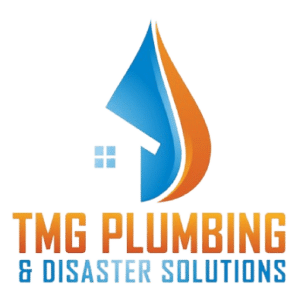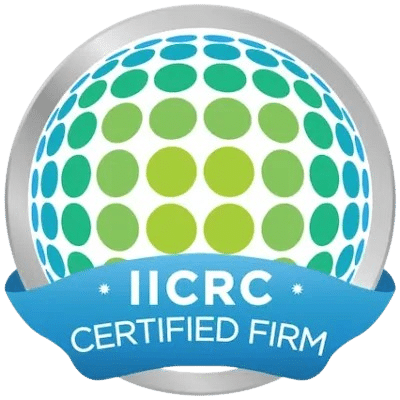Water damage can be a homeowner’s worst nightmare, causing extensive property damage and potential health hazards if not addressed promptly and properly. Whether it’s a burst pipe, a leaking roof, or a flooded basement, swift action is essential to mitigate the damage and restore your home to its pre-loss condition. In this blog post, we’ll share the top 10 tips for effective water damage restoration, helping you navigate this challenging situation with confidence and efficiency.
Act Quickly
Time is of the essence when dealing with water damage. The longer water sits, the more damage it can cause. Act swiftly to remove standing water and begin the drying process as soon as it is safe to do so.
Safety First
Before entering a water-damaged area, ensure it is safe to do so. Turn off electricity in affected areas to prevent electrocution, and wear protective gear such as gloves and boots to avoid contact with contaminated water.
Identify the Source
Determine the source of the water damage and take steps to stop the flow if possible. Whether it’s a burst pipe, a leaking appliance, or a natural disaster, addressing the source of the water is crucial to prevent further damage.
Remove Standing Water
Use pumps, wet/dry vacuums, or buckets to remove standing water from the affected area. The sooner you can eliminate excess water, the better chance you have of preventing mold growth and structural damage.
Dry Out the Area
Thoroughly dry out the affected area using fans, dehumidifiers, and open windows. Proper ventilation is key to accelerating the drying process and preventing mold growth.
Salvage What You Can
Remove salvageable items from the affected area and move them to a dry, safe location. Furniture, rugs, and personal belongings may be salvageable with proper cleaning and drying.
Dispose of Damaged Items
Discard items that cannot be salvaged or pose a health risk, such as contaminated materials, waterlogged furniture, and damaged electronics. Be sure to document all discarded items for insurance purposes.
Clean and Disinfect
Thoroughly clean and disinfect all surfaces and belongings exposed to water damage to prevent mold growth and bacterial contamination. Use a mixture of water and detergent or a commercial disinfectant solution for best results.
Monitor for Mold
Keep a close eye on the affected area for signs of mold growth in the days and weeks following water damage. Mold thrives in damp, humid environments, so be vigilant in maintaining proper ventilation and humidity levels.
Seek Professional Help
When in doubt, enlist the help of professional water damage restoration experts. Experienced professionals have the knowledge, tools, and equipment to effectively mitigate water damage and restore your home to its pre-loss condition.
By following these top 10 tips for effective water damage restoration, you can minimize the impact of water damage on your home and belongings and expedite the restoration process. Remember, acting quickly and decisively is key to mitigating damage and preventing further issues down the line. Contact TMG Plumbing for top-tier water damage restoration services. Get expert advice and the top 10 tips for effective restoration.




